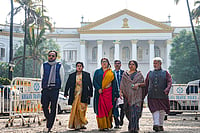India has marked a milestone in its rural sanitation journey, with 80 percent of the country’s villages now designated as 'ODF Plus Model' villages, according to Union Jal Shakti Minister C.R. Patil.
According to the Ministry of Jal Shakti, an ODF Plus Model village is one that while sustaining its open defecation-free (ODF) status, has also put in place effective solid and liquid waste management systems.
The announcement was made by the minister on Tuesday through a post on X, where he described the achievement as a “historic milestone” under the Swachh Bharat Mission (Grameen).
“This is not just a statistic; it reflects the strength of janbhagidari [public participation], the success of the Swachh Bharat Mission and the transformative power of grassroots governance in building clean, healthy, and sustainable villages,” Patil wrote.
The Union Minister also attributed the achievement to the leadership of Prime Minister Narendra Modi, and called on citizens to stay committed to the path “from Swachhata [cleanliness] to Sampannata [prosperity]”, as reported by PTI.
The current milestone falls under Phase II of the Swachh Bharat Mission (Grameen), launched in 2020, which aims to strengthen sanitation infrastructure beyond the elimination of open defecation. The second phase focuses on long-term sustainability, cleanliness, and effective waste treatment in rural areas, according to the SBM-G Guidelines, provided by the Ministry of Jal Shakti, 2020.
India was declared open defecation-free at the national level in October 2019, following the completion of Phase I of the Swachh Bharat Mission. Phase II is designed to build on that success by addressing other key components of sanitation like waste management and behavioural change to ensure long-term health and environmental benefits.
The Ministry continues to encourage community involvement, local governance leadership, and inter-sectoral coordination to keep sanitation systems functional and relevant to local needs.
While 80 percent of villages reaching the ODF Plus Model status marks significant progress, the remaining 20 percent still pose a challenge in regions with limited access to water infrastructure, high population densities or topographical constraints.
Officials at the Jal Shakti Ministry have stated that continued monitoring, capacity building at the Gram Panchayat level, and community participation will be essential in scaling the achievement nationwide.






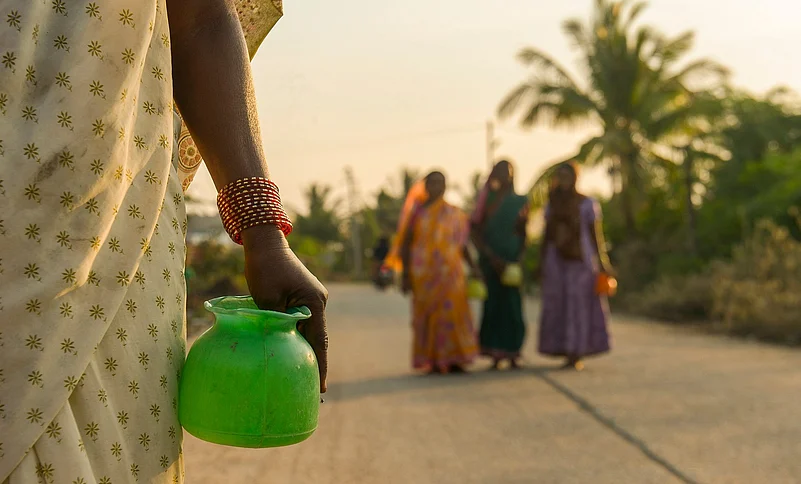




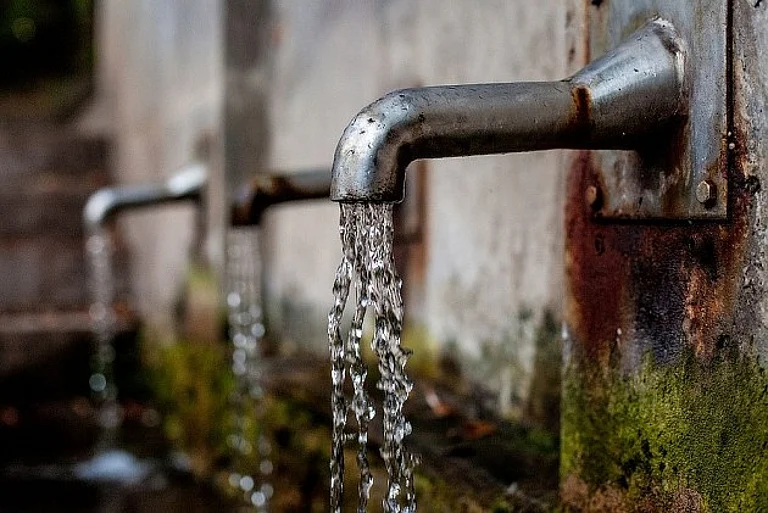



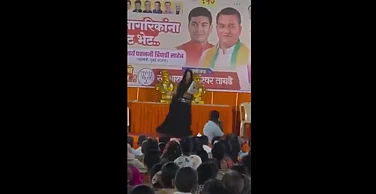
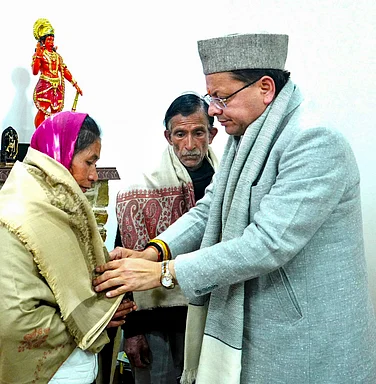




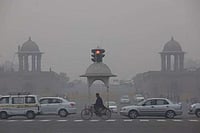



.png?w=200&auto=format%2Ccompress&fit=max)
